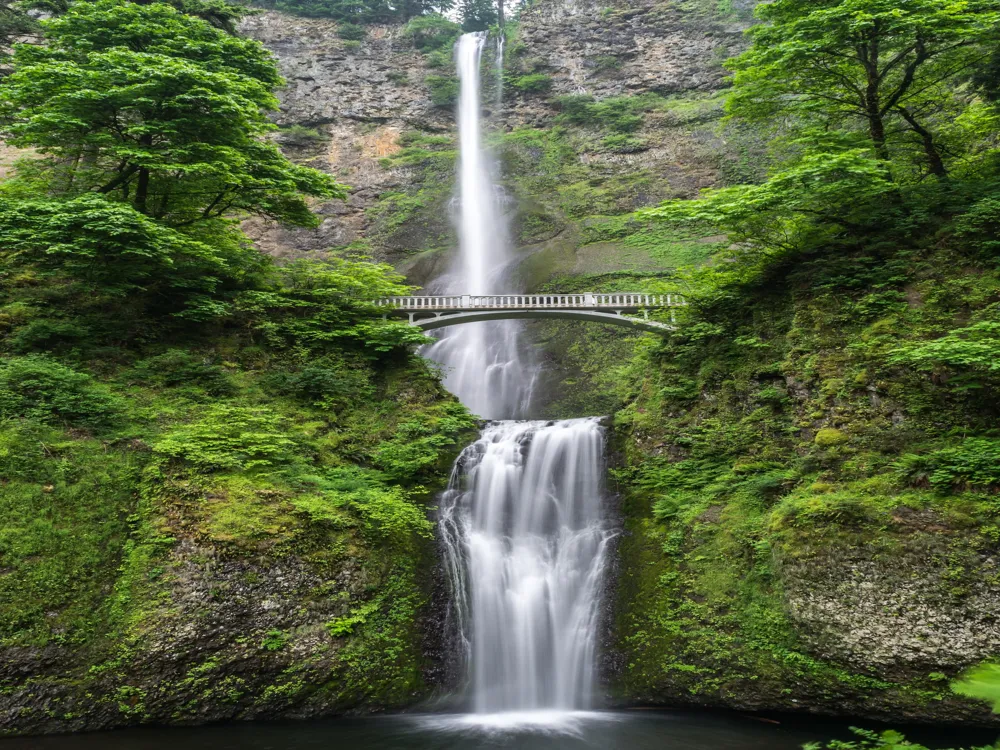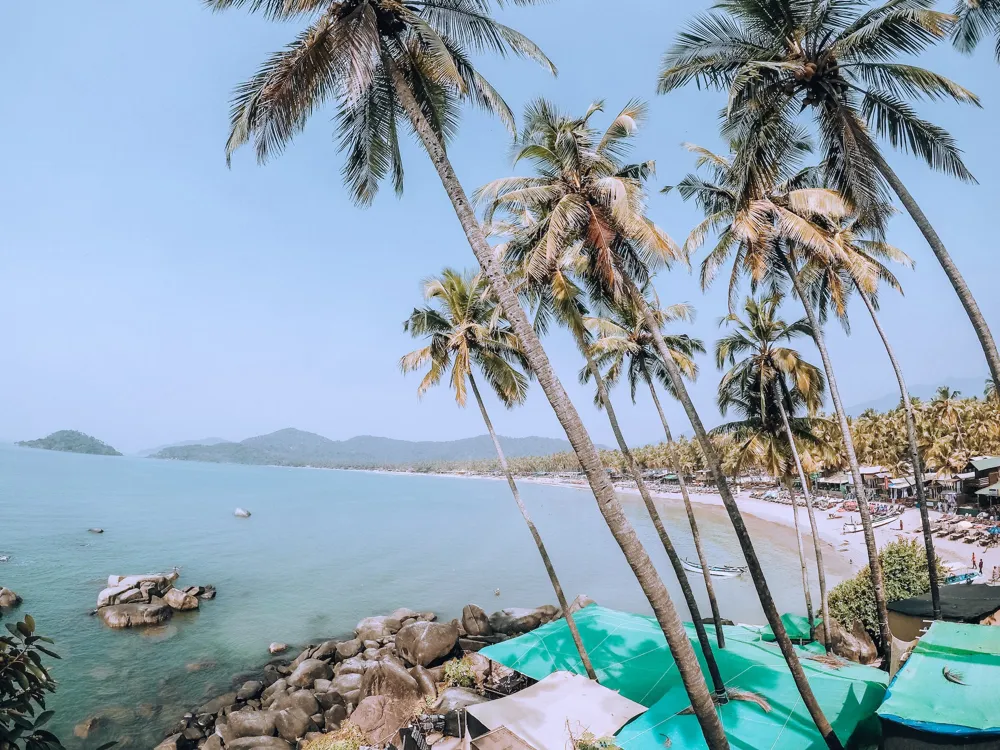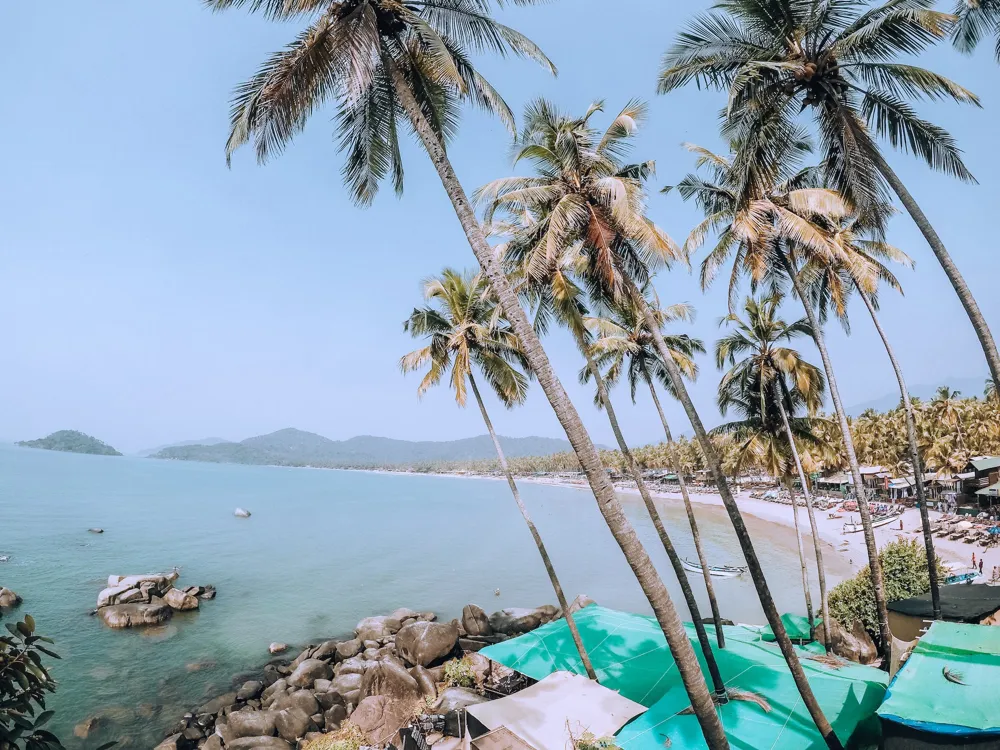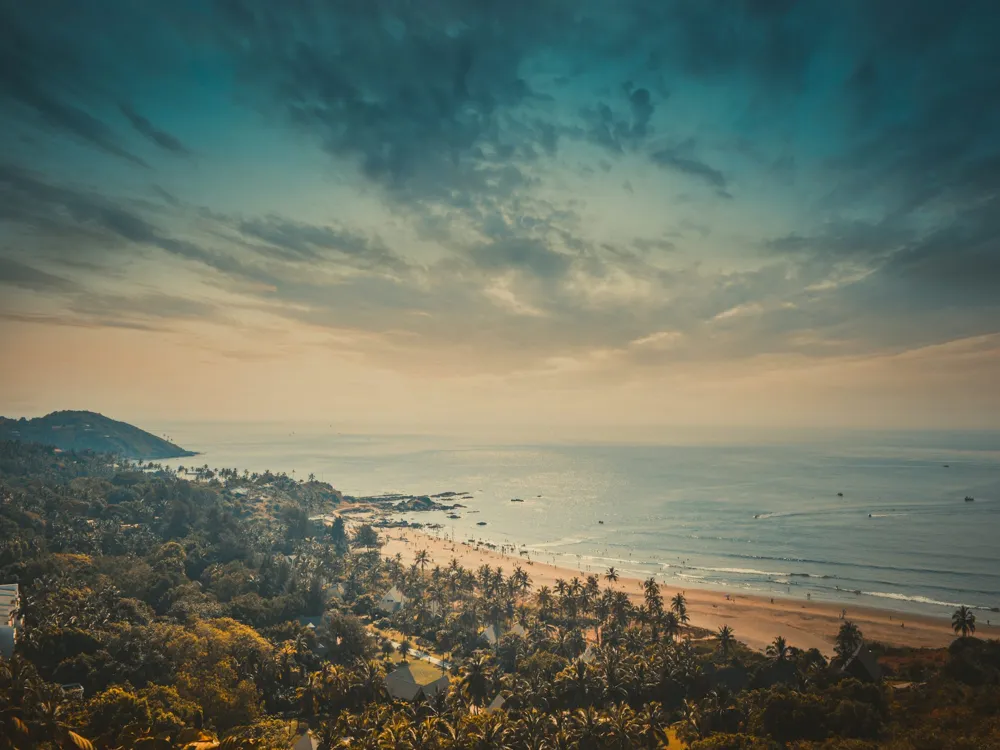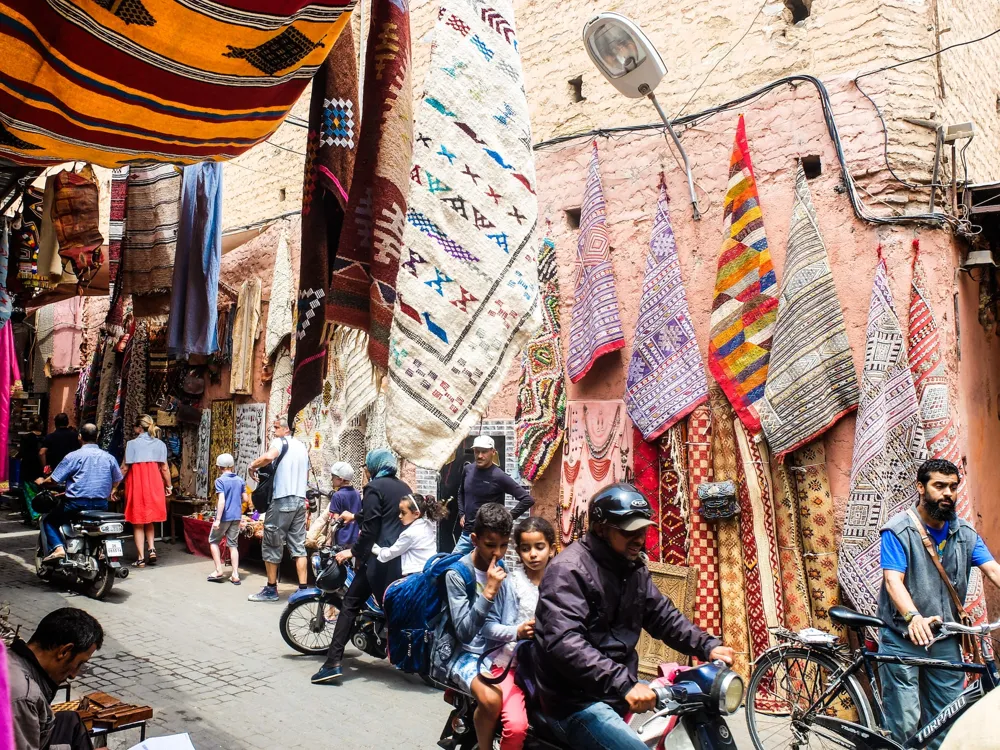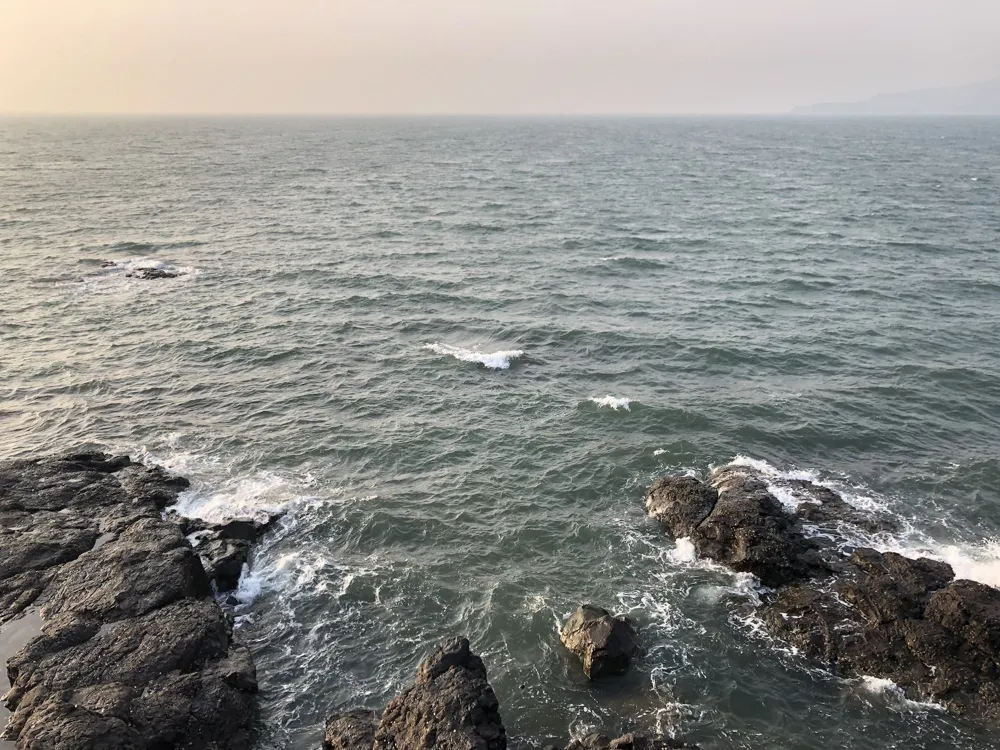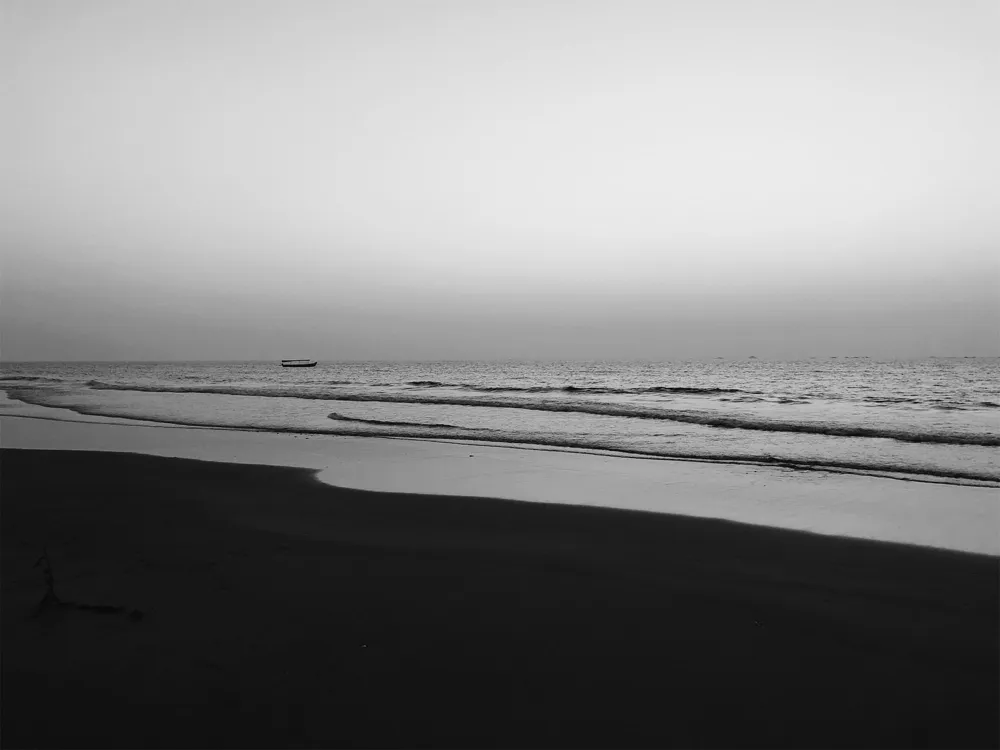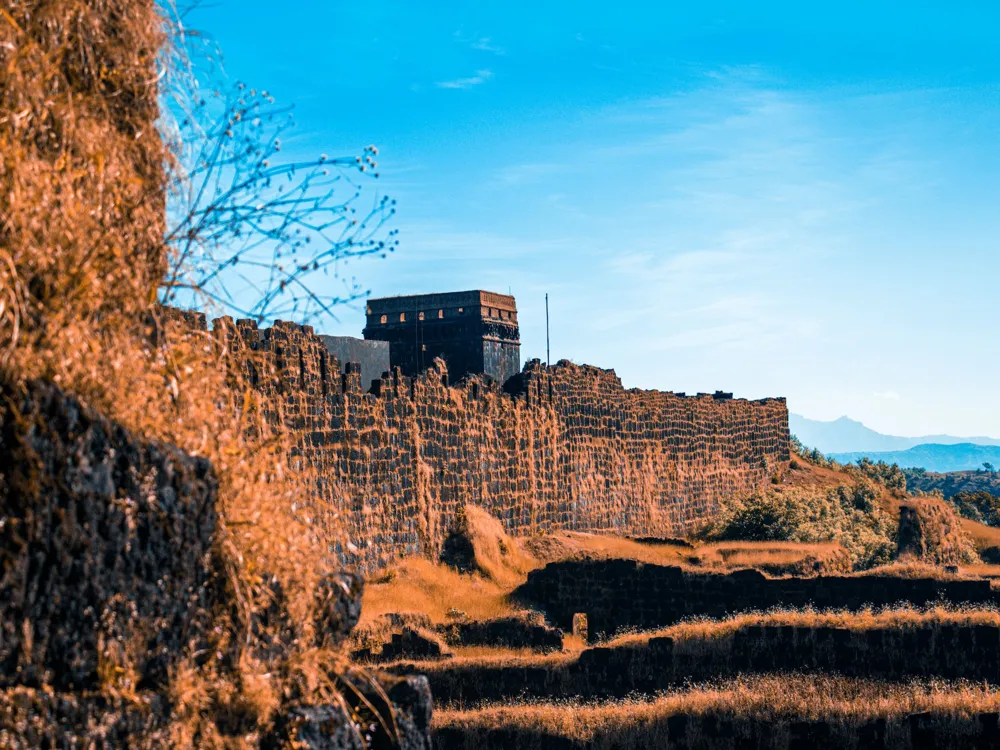Mangeshi Temple, a distinguished spiritual site in North Goa, stands as a beacon of Goan heritage and devotion. Rooted in the rich tapestry of Indian mythology, this temple is dedicated to Lord Mangueshi, an incarnation of Shiva, one of Hinduism's primary deities. The temple's history stretches back centuries, making it not just a religious landmark, but also a repository of culture and tradition. The original structure was located in Cortalim, a village in South Goa, but due to the Portuguese religious policy in the 16th century, it was relocated to its current site in Priol, Ponda Taluka. This migration preserved its sanctity and historical significance, allowing it to continue being a spiritual sanctuary for devotees. The temple's architecture, a harmonious blend of modern and traditional Goan styles, reflects its storied past. The white towers, the deepastambha (a seven-story lamp tower), and the water tank, are emblematic of Goan temple architecture. The temple complex is a serene space, inviting visitors to immerse themselves in a world of spiritual reflection and tranquility. The annual festivals, like the Mangeshi Jatra, bring the temple and its surroundings to life, showcasing the vibrancy of Goan culture and religious devotion. The temple's significance extends beyond its religious connotations, serving as a symbol of Goan identity and resilience. The Mangeshi Temple is a spectacular example of Goan temple architecture, reflecting a unique blend of Indian and Portuguese styles. The temple structure features a multi-tiered Deepastambha, a characteristic feature of Goan temples, standing at the temple's entrance, greeting visitors with its imposing presence. This lamp tower, especially when lit during festivals, presents an awe-inspiring sight, symbolizing enlightenment and divine guidance. The temple's main structure is a testament to architectural ingenuity. The Sabha Griha or the assembly hall is spacious, adorned with intricate carvings and beautiful chandeliers, leading to the sanctum sanctorum. The sanctum, housing the deity of Lord Mangueshi, is a space of profound spiritual significance. The blend of Indian elements with Portuguese architectural influences is evident in the temple's layout, design motifs, and overall aesthetic. The temple's roof, adorned with traditional Hindu patterns and motifs, complements the stark white walls, creating a visual harmony that is both serene and majestic. The interiors of the temple are as elaborate as its exteriors. The walls and ceilings are adorned with murals and paintings depicting scenes from Hindu mythology, contributing to the temple's spiritual ambiance. The temple's design not only serves a religious purpose but also showcases the craftsmanship and artistic heritage of Goa. The fusion of different architectural styles makes Mangeshi Temple a unique monument, reflecting the multicultural tapestry of Goan history. Visitors to Mangeshi Temple should dress modestly, respecting the sanctity of the temple. Traditional Indian attire is recommended, but not mandatory. Avoid shorts, sleeveless tops, and revealing clothing. Photography may be restricted in certain areas of the temple. Always ask for permission before taking photographs, especially inside the temple or of the deity. Maintain a quiet demeanor within the temple premises. It's a place of worship and meditation, so respecting the tranquil environment is crucial. Familiarize yourself with the temple rituals and ceremonies. Participating in rituals like Aarti can be a profound experience, but it's important to follow the customs correctly. Respect the local customs and traditions. Engaging with locals or temple authorities can enrich your visit, offering deeper insights into the temple's history and significance. Mangeshi Temple is accessible from various parts of Goa. The nearest airport is Goa International Airport, approximately 25 kilometers away. From the airport, taxis and rental cars are readily available to take you to the temple. If traveling by bus, numerous state-run and private buses connect major Goan cities to Ponda, the nearest town. From Ponda, local buses, taxis, or auto-rickshaws can be hired to reach Mangeshi Temple. For those driving, the temple is well-connected by roads, with clear signage leading to the destination. Regardless of the mode of transportation, the journey to Mangeshi Temple is as scenic and enjoyable as the destination itself. Read More: Overview of Mangeshi Temple, North Goa
Architecture of Mangeshi Temple
Tips When Visiting Mangeshi Temple
Dress Appropriately
Photography Restrictions
Observe Silence
Follow Ritual Protocols
Respect Local Customs
How To Reach Mangeshi Temple
Mangeshi Temple
North Goa
Goa
NaN onwards
View goa Packages
Weather :
Tags : Temple
Timings : 6:00 AM - 10:00 PM
Things to Know :
- Devotees are expected to wash the hands and feet before entering the temple
- Every Monday, the idol of Lord Shiva is taken out for a procession before the evening aarti
- Free parking is available at the temple
- Photos inside the main temple complex is prohibited
Location : 1 km from Mardol
21 km from Panaji
26 km from Margaon
Planning a Trip? Ask Your Question
Goa Travel Packages
View All Packages For Goa
Top Hotel Collections for Goa

Private Pool

Luxury Hotels

5-Star Hotels

Pet Friendly
Top Hotels Near Goa
Other Top Ranking Places In Goa
View All Places To Visit In goa
View goa Packages
Weather :
Tags : Temple
Timings : 6:00 AM - 10:00 PM
Things to Know :
- Devotees are expected to wash the hands and feet before entering the temple
- Every Monday, the idol of Lord Shiva is taken out for a procession before the evening aarti
- Free parking is available at the temple
- Photos inside the main temple complex is prohibited
Location : 1 km from Mardol
21 km from Panaji
26 km from Margaon
Planning a Trip? Ask Your Question
Goa Travel Packages
View All Packages For Goa
Top Hotel Collections for Goa

Private Pool

Luxury Hotels

5-Star Hotels

Pet Friendly







